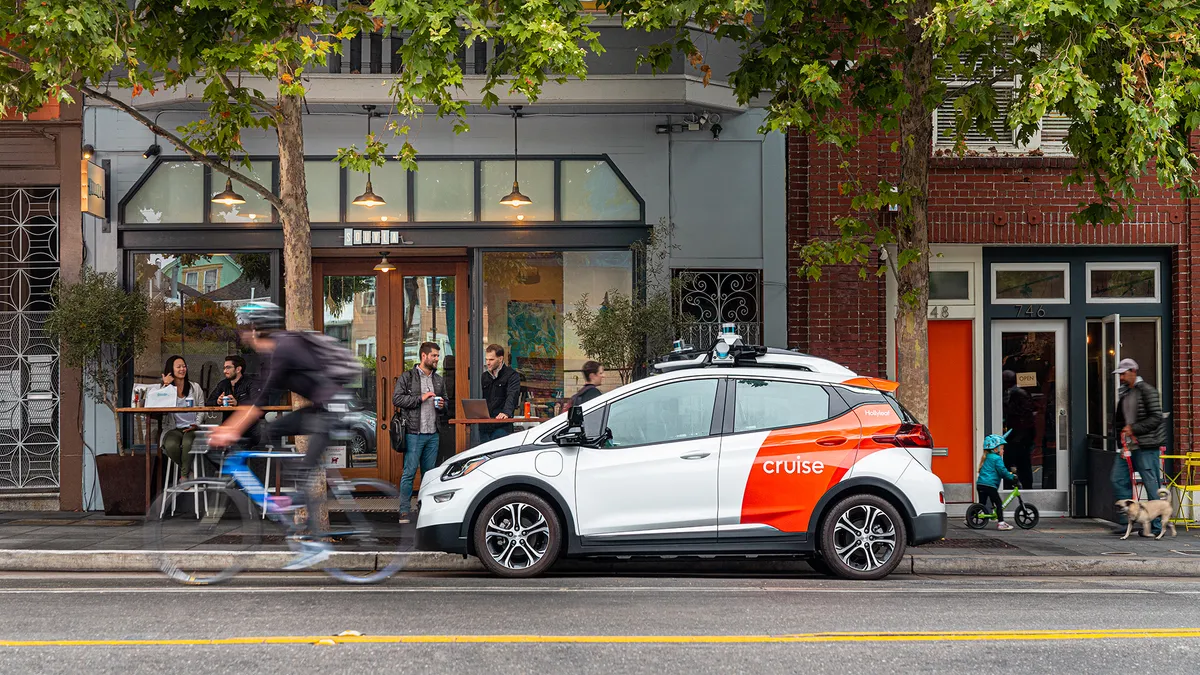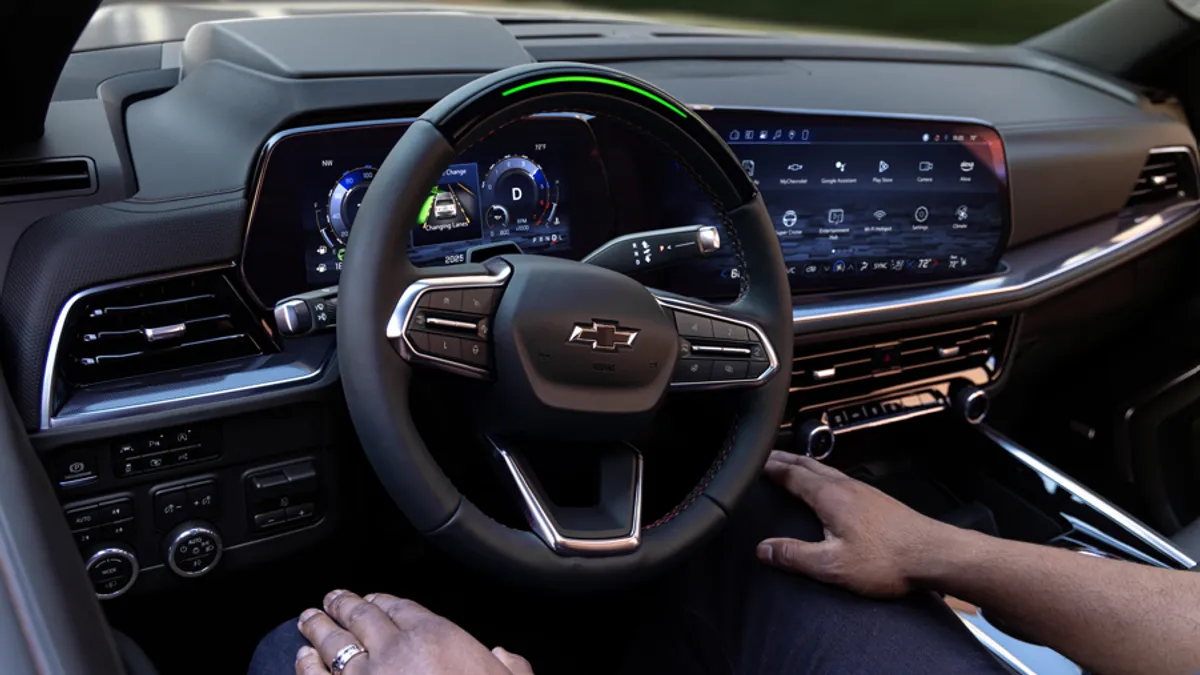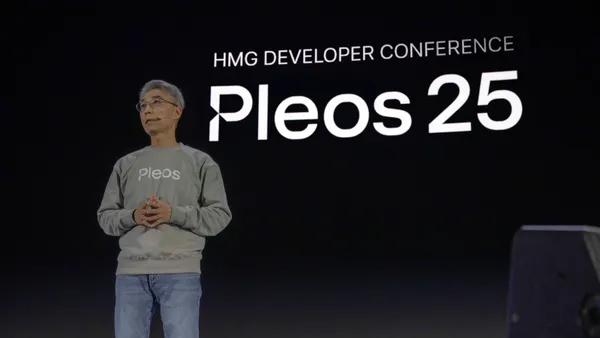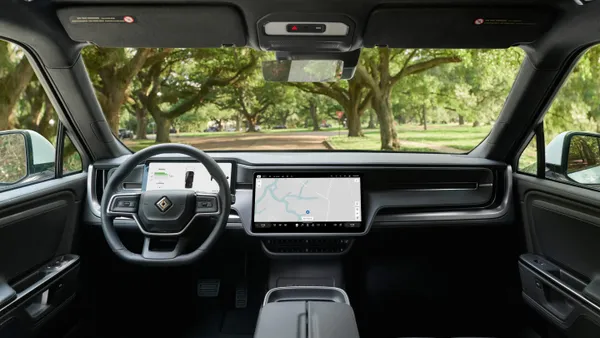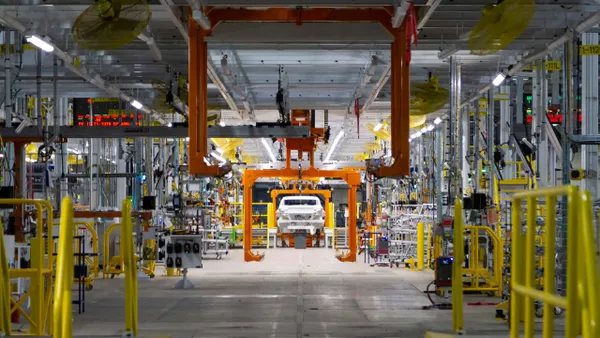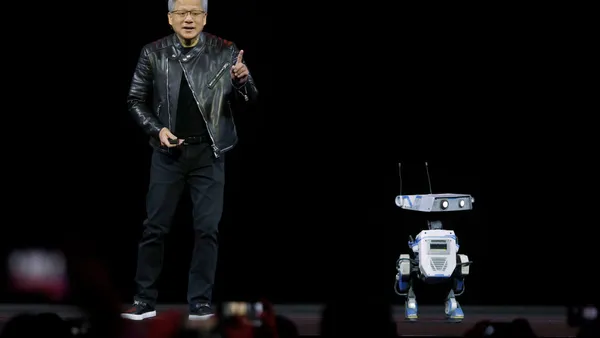Dive Brief:
- Cruise, the autonomous driving unit of General Motors, is laying off 24% of its workforce, or about 900 workers, Mo Elshenawy, president and chief technology officer at Cruise, wrote in an email to employees Thursday.
- The job cuts impacted some technology positions, the company said, but were mostly outside of engineering roles.
- The layoffs follow weeks of scrutiny surrounding the safety of its autonomous ride-share vehicles after one of them struck and seriously injured a pedestrian in San Francisco in October, which led to California regulators revoking Cruise’s permit to operate its vehicles on public roads in the state.
Dive Insight:
Cruise’s ride-hailing operations had been paused since October following the accident in San Francisco. After the loss of its permits, Cruise voluntarily suspended all of its U.S. operations to reevaluate the safety of its autonomous vehicle software, which left the company and its future plans in limbo.
Cruise employees impacted by the layoff will be paid through Feb. 12 and are eligible for an additional eight weeks of pay. Long-term employees will receive an additional two weeks of pay for every year over three years that they worked at Cruise, according to the email. Employees will also receive ongoing healthcare benefits through May 2024.
“As a result of our decision to slow down commercialization, we are restructuring to focus on delivering the improvements to our tech and vehicle performance that will build trust in our AVs,” Elshenawy wrote.
The layoffs come a day after Cruise let go nine members of its executive team. Among those dismissed were Chief Operating Officer Gil West, Chief Legal and Policy Officer Jeff Bleich and senior vice president of government affairs David Estrada.
Last month, co-founder and CEO Kyle Vogt resigned from the company amid the investigations over the safety of its autonomous vehicles, including from the National Highway Traffic Safety Administration. Cruise’s other co-founder, Daniel Kan, resigned one day after Vogt.
Over the past several years, Cruise worked to launch a commercial ride-hailing service similar to Uber in San Francisco and 14 other U.S. cities using a fleet of Chevy Bolt EVs outfitted for autonomous driving by Cruise engineers.
GM also temporarily suspended production of the Origin self-driving shuttle in November that it planned to add to the Cruise fleet. The multi-passenger Origin was designed in collaboration with Honda specifically for ride-hailing.
Earlier this year, GM and Cruise said they planned to deploy around 5,000 Origin shuttles nationwide as part of the company’s plans to expand ride-hailing service to other cities. But with operations halted at Cruise, it’s not clear when GM will resume production of the vehicles.
Despite the layoffs, Cruise still plans to expand its commercial ride-hailing service. However, the timeline is unclear, as regulators will have the final say in allowing Cruise’s autonomous vehicles back on public roads in the U.S.
“We are ceasing work on the Origin MY24 but not losing sight of our work on future programs. This is very different from our prior plans to expand into more than a dozen new cities in 2024,” Elshenawy said in his email.



